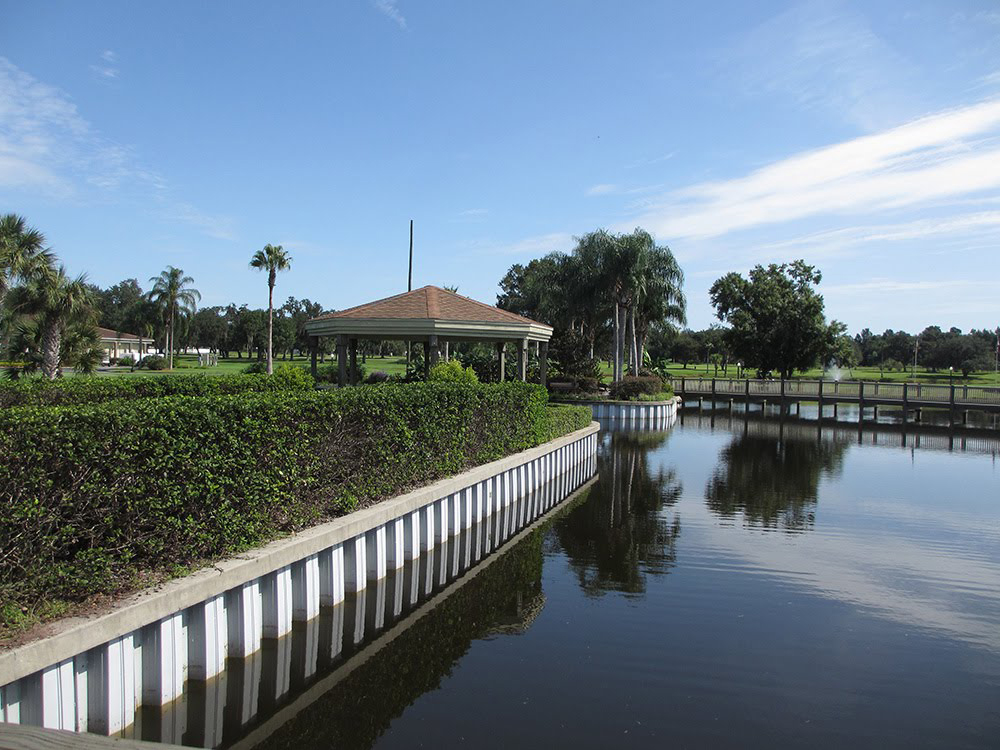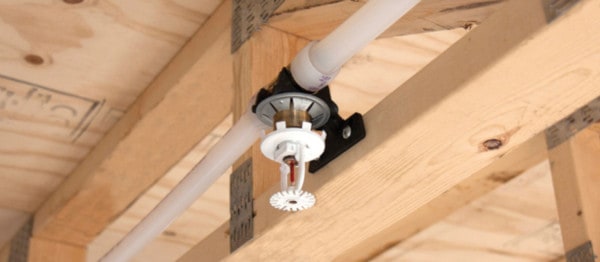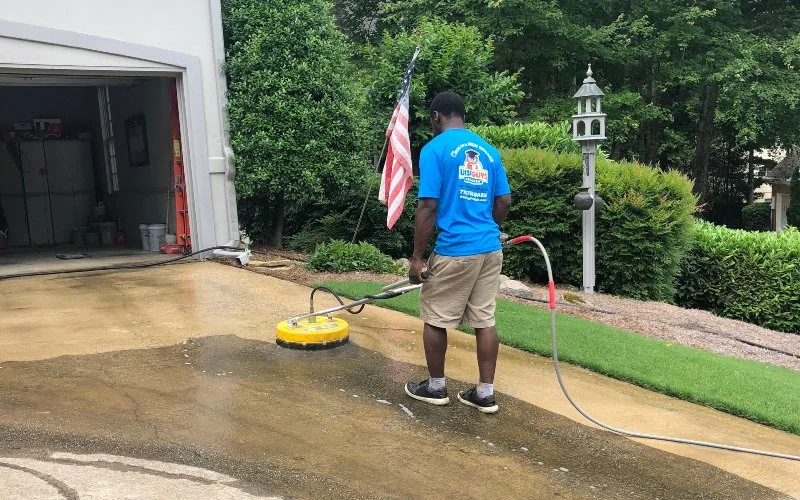
Image Source: Google
Seawalls play a crucial role in protecting coastal properties and infrastructure from the erosive forces of the sea. Building a seawall requires a combination of engineering expertise, construction skills, and environmental considerations. If you need more information about seawall construction companies, you may visit Coast Seawall.
In this article, we will explore the world of seawall construction companies, from the initial concept to the final completion of a project.
The Importance of Seawalls
Before diving into the world of seawall construction companies, let's first understand why seawalls are essential along coastlines:
Protection from Erosion
- Seawalls act as a barrier against the erosive forces of waves and tides.
- They help prevent coastal erosion, which can threaten properties and infrastructure.
Flood Control
- Seawalls can mitigate the impact of storm surges and help prevent flooding in coastal areas.
- They provide a line of defense against rising sea levels due to climate change.
The Process of Seawall Construction
Building a seawall is a complex process that involves several stages. Here is an overview of the typical steps involved in seawall construction:
Site Assessment and Design
- Seawall construction companies begin by conducting a thorough site assessment to evaluate the environmental conditions and geotechnical factors.
- Engineers design the seawall based on the specific requirements of the site, taking into account factors such as wave height, soil composition, and coastal erosion rates.
Permitting and Regulatory Approval
- Before construction can begin, companies must obtain the necessary permits and regulatory approvals from local authorities and environmental agencies.
- This process ensures that the seawall complies with all relevant regulations and environmental standards.
Construction
- Once the design is finalized and permits are in place, the construction phase begins.
- Construction teams work diligently to build the seawall according to the approved plans, using appropriate materials and techniques.
Quality Control and Monitoring
- Throughout the construction process, quality control measures are implemented to ensure that the seawall meets the required standards.
- Monitoring systems may be installed to track the performance of the seawall and detect any potential issues.
Choosing the Right Seawall Construction Company
When it comes to building a seawall, choosing the right construction company is crucial. Here are some factors to consider when selecting a seawall construction company:
Experience and Expertise
- Look for a company with a proven track record in building seawalls and coastal structures.
- Check their experience in handling projects of similar size and complexity.
Reputation and References
- Research the company's reputation in the industry and read client testimonials or reviews.
- Ask for references from past clients to get a sense of their satisfaction with the company's work.
Compliance and Insurance
- Ensure that the company holds all necessary licenses and insurance coverage for construction projects.
- Verify that they comply with all safety and environmental regulations.
Communication and Collaboration
- Choose a company that values clear communication and collaboration throughout the project.
- Look for a team that is responsive to your questions and concerns and keeps you updated on the progress of the construction.
Future Trends in Seawall Construction
As technology and environmental considerations continue to evolve, the world of seawall construction is also changing. Here are some future trends to watch for in seawall construction:
Green Infrastructure
- There is a growing emphasis on incorporating green infrastructure elements into seawall design, such as vegetation and natural materials, to enhance ecological benefits.
- Green seawall designs can help improve habitat diversity and reduce the environmental impact of coastal structures.
Innovative Materials
- New materials and construction techniques, such as fiber-reinforced polymers and concrete with enhanced durability, are being developed to improve the performance and longevity of seawalls.
- These innovative materials offer sustainable solutions for coastal protection while reducing maintenance costs in the long run.
Adaptation to Climate Change
- Seawall construction companies are increasingly incorporating climate change projections into their design and construction processes to ensure that seawalls are resilient to future sea level rise and extreme weather events.
- Adaptive design strategies, such as adjustable seawall heights and flood gates, are being explored to enhance the flexibility and effectiveness of seawall structures.
From concept to completion, seawall construction companies play a vital role in safeguarding coastal communities and infrastructure. By understanding the process of seawall construction and staying informed about the latest trends in the industry, we can contribute to building more resilient and sustainable coastal defenses for the future.






